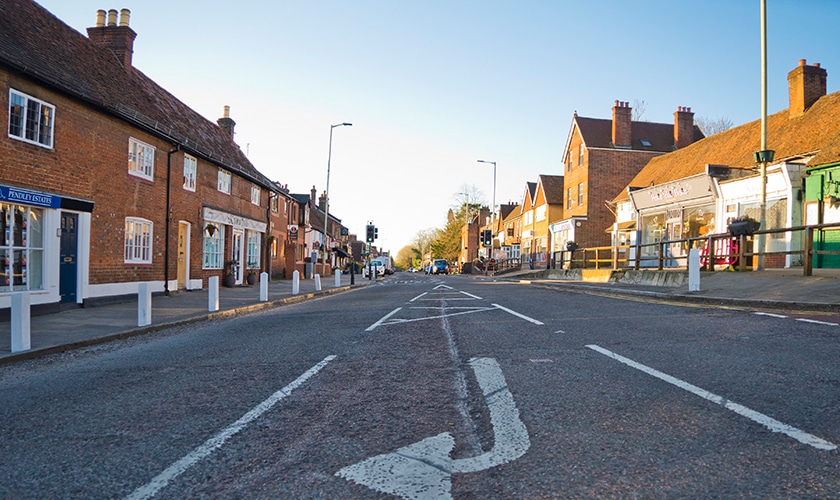To many, the unassuming little bungalow at 45 Cranley Drive, Ruislip, might not look like anywhere important.
However, its former occupants played an important role in one of the most shocking true stories of Cold War espionage ever told.
In the early 1950s, the bungalow was the home of married couple Helen and Peter Kroger. To their neighbours, they were a quiet pair who had emigrated from New Zealand and who owned an antiquarian bookshop in West London.
What no one knew, was that this was all a lie. Helen and Peter were the false identities of Lona and Morris Cohen, two Communists from the USA who had become spies for the USSR during the Second World War.
Before moving to Ruislip, Morris had fought in the Spanish Civil War, but after being wounded, he was recruited for Soviet intelligence. He returned to the US in 1938, where he met Lona. The two were married in 1941.
Together, they smuggled secret documents from the Manhattan Project to the Soviets; one of the document Lona carried was a complete diagram of the USA’s designs for an atomic bomb.
However, after coming at risk of exposure in 1950, the Cohens fled the country. They travelled first to Moscow, then to Poland. It was in 1954 they came to live in Ruislip under their new identities.
Running a bookshop on the Strand, they soon met with Canadian national Gordon Lonsdale, who they knew was actually Soviet intelligence officer Konon Molody.
They developed what became known as the Portland Spy Ring, working alongside fellow married couple Harry Houghton and Ethel Gee, who were both workers at a Royal Navy weapons research facility in Dorset.
Houghton and Gee would take documents and film and travel up to London on the weekends, passing them along to Lonsdale. They would then be taken to the house on Cranley Drive, whereupon the Krogers would send transmissions to Moscow.
The documents and film would be sent, concealed in microdots, via Peter’s antiquarian books.
The spy ring would go undetected for several years until 1959, when Polish triple agent Michael Goleniewski told his CIA handlers of a spy called ‘Horton’ in the Admiralty. This was sent to MI5, and Houghton was quickly identified.
Surveillance of Houghton quickly led specialists to Gee and Lonsdale, who would in turn lead them to the Krogers. After several months of watching the ring, the five were finally apprehended on January 7, 1961.
Upon searching 45 Cranley Drive, investigators discovered a radio transmitter, microdot communications and the Krogers’ passports. Finding a match for the couple’s fingerprints in the Scotland Yard archive, they were soon identified as the wanted spies Lona and Morris Cohen.
In March 1961, all five were convicted of espionage. The Krogers were sentenced to 20 years in jail. Lonsdale was sentenced to 25 years, and Houghton and Gee to 15 years.
However, in 1969, the Krogers were released in a prisoner swap with the Soviet Union.
Upon arrival in Russia, the Krogers were given the Order of the Red Banner by KGB head Yuri Andropov at a special dinner held in their honour. They remained in their country until Helen’s death in 1992 and Peter’s in 1995.
The Portland Spy Ring story was a sensation in early 1960s Britain. In 1964, the film Ring of Spies dramatised the affair, and a play was created in the 1980s telling the story called Pack of Lies.
An incredible story with secret codes, moles and prisoner swaps, all centred around an unassuming bungalow on a quiet Ruislip road.






0 Comments